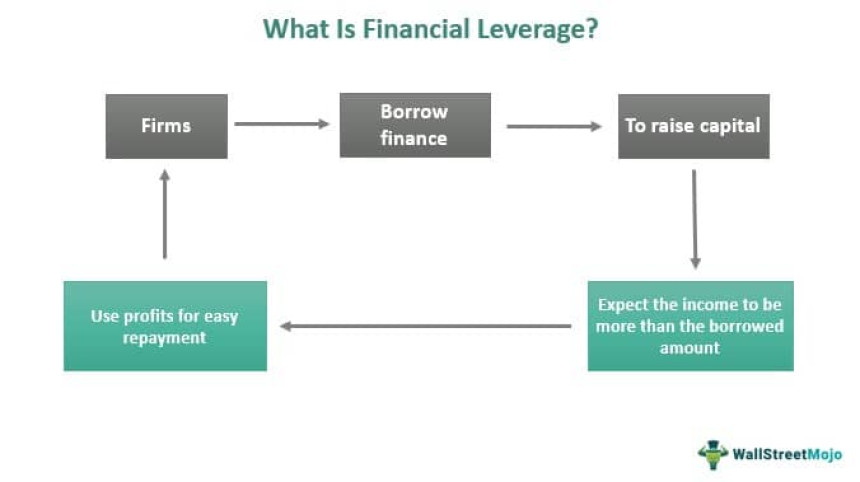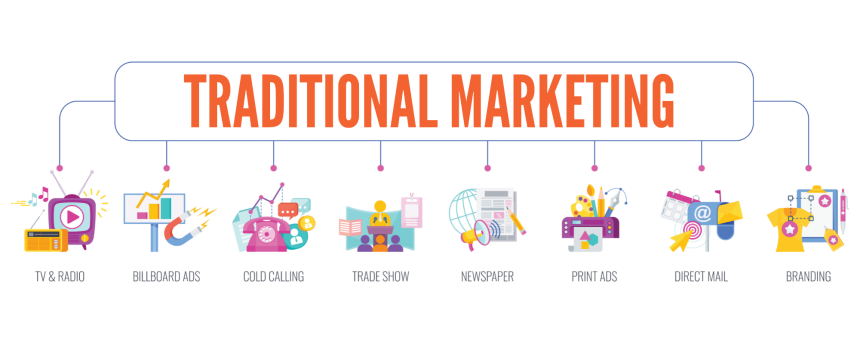
How to Use Hashtags in Social Media?
Using hashtags effectively on social media can significantly enhance your content's discoverability, increase engagement, and help you connect with like-minded individuals or target audiences. In this comprehensive guide, we will explore the best practices and strategies for using hashtags across various social media platforms, such as Twitter, Instagram, Facebook, LinkedIn, and TikTok. By understanding how to use hashtags correctly, you can maximize their potential and achieve your communication and marketing goals.
I. Understanding the Purpose of Hashtags
Before diving into the specifics of using hashtags, it's crucial to grasp their purpose and significance on social media. Hashtags are metadata tags represented by a pound sign (#) followed by a word or phrase. They serve several essential functions:
- Content Categorization: Hashtags help organize content, making it easier for users to discover and engage with posts related to specific topics or themes.
- Trend Tracking: Trending hashtags indicate popular topics or events, providing insights into current conversations and trends.
- Community Engagement: Hashtags foster communities of like-minded individuals, allowing them to participate in discussions and share experiences.
- Branding and Marketing: Brands can use hashtags to promote campaigns, products, and initiatives, encouraging user participation and brand awareness.
II. How to Use Hashtags on Different Platforms
A. Twitter:
- Be Concise: Twitter's character limit requires brevity. Use relevant and concise hashtags to maximize the impact of your tweets.
- Trending Hashtags: Monitor trending hashtags and join relevant conversations to increase your tweet's visibility.
- Avoid Overload: Don't use too many hashtags in a tweet. Stick to a few high-impact and relevant ones.
B. Instagram:
- Use Targeted Hashtags: Research and include hashtags that reflect your content's theme and target audience.
- Mix Popular and Niche: Combine popular hashtags to reach a broader audience and niche hashtags to target specific communities.
- Create a Branded Hashtag: Consider creating a unique hashtag for your brand or campaign to build a dedicated following.
C. Facebook:
- Use Sparingly: While Facebook supports hashtags, their impact is not as significant as on other platforms. Use them sparingly and ensure relevance.
- Leverage Trending Topics: Incorporate trending hashtags in your posts to increase reach and engagement.
D. LinkedIn:
- Professional and Relevant: Use hashtags related to your industry, job role, or professional interests to engage with your target audience.
- Participate in Industry Conversations: Join discussions on trending hashtags to showcase your expertise and build connections.
E. TikTok:
- Follow Trends: Participate in popular challenges and trends by using associated hashtags to increase visibility.
- Create Original Hashtags: Develop unique hashtags for your original content to encourage user-generated contributions.
III. Best Practices for Using Hashtags
A. Relevance: Always use relevant hashtags that directly relate to your content. Avoid misleading or unrelated hashtags.
B. Research: Before using a hashtag, research its popularity and meaning to ensure it aligns with your content and target audience.
C. Know the Audience: Understand your target audience's interests and preferences to choose appropriate hashtags.
D. Keep it Simple: Use clear and easy-to-understand hashtags. Complex or lengthy ones may confuse users.
E. Create Unique Hashtags: For campaigns or branding purposes, consider creating original hashtags to distinguish your content.
F. Hashtag Etiquette: Respect the intended use of hashtags. Avoid spamming or hijacking unrelated hashtags.
IV. Leveraging Hashtags for Branding and Marketing
A. Brand Awareness: Develop branded hashtags to promote your brand and encourage user engagement.
B. Campaigns and Contests: Use unique hashtags for marketing campaigns and contests to track engagement and participation.
C. User-Generated Content: Encourage customers to use specific hashtags when sharing their experiences with your brand.
D. Cross-Promotion: Collaborate with influencers or other brands using shared hashtags to expand reach and visibility.
V. Monitoring and Analyzing Hashtag Performance
A. Track Engagement: Monitor the performance of your hashtags regularly. Measure likes, shares, comments, and overall reach.
B. Analyze Data: Use social media analytics tools to understand which hashtags drive the most engagement and refine your strategy accordingly.
VI. Hashtags for Social Activism and Advocacy
A. Amplify Social Causes: Use trending or unique hashtags to raise awareness and support social and political movements.
B. Encourage Action: Pair hashtags with clear calls-to-action to drive engagement and mobilize communities.
VII. Hashtags and Cross-Platform Integration
A. Consistency: Use the same hashtags across different platforms to maintain brand consistency and strengthen your online presence.
B. Adapt to Platform: Tailor your hashtag strategy based on the platform's specific rules and user behavior.
VIII. Hashtags and Social Listening
A. Monitor Conversations: Use hashtags to track what people are saying about your brand or industry.
B. Engage with Audiences: Respond to user comments and feedback related to hashtagged content to build relationships.
IX. The Dos and Don'ts of Hashtags
A. Do:
- Research and use relevant hashtags.
- Be consistent with your brand and content theme.
- Participate in trending conversations and challenges.
- Engage with your audience using hashtags.
- Test and analyze hashtag performance regularly.
B. Don't:
- Use unrelated or misleading hashtags.
- Overuse hashtags in a single post.
- Hijack sensitive or serious hashtags for self-promotion.
- Neglect monitoring and responding to hashtagged content.
X. Conclusion
Hashtags are powerful tools for enhancing communication, increasing content visibility, and fostering engagement on social media platforms. By using relevant hashtags effectively and following best practices, individuals, brands, and social movements can leverage their potential to connect with their target audience, build meaningful relationships, and achieve their communication and marketing objectives. Understanding the nuances of hashtags across different platforms and integrating them into a comprehensive social media strategy can lead to improved online presence and overall success in the digital landscape.



Recommended Hashtags For #wedding To Boost Your Instagram
Using popular and relevant hashtags can help boost the visibility and reach of your Instag...

